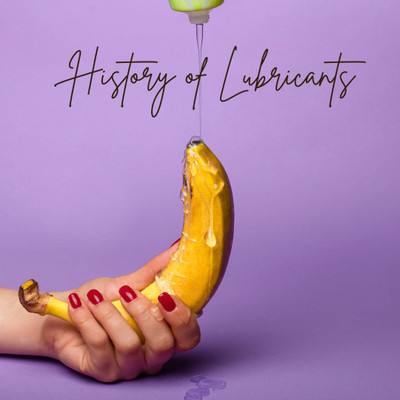History of Lubricants, how it came to be
16th Sep 2021
Lubricantsare a crucial aspect of sexual activity, allowing for a smoother and more pleasurable experience. They have been in use for centuries and have evolved over time to meet changing needs and preferences.
Historically, natural substances such as olive oil, saliva, and animal fat were used as lubricants. In Ancient Greece, olive oil was a popular choice due to its abundance and accessibility. Additionally, the Romans used a mixture of water and olive oil as a lubricant. However, these natural substances could be messy and sometimes even cause infections.
During the 19th century, petroleum jelly was introduced as a lubricant, but it wasn't until the 20th century that more advanced lubricants were developed. During World War II, lubricants were created for military use, and their success in improving machinery inspired the development of modern lubricants. In the 1950s, personal lubricants made from glycerin and other synthetic materials were developed and quickly gained popularity.
One of the earliest commercial lubricants was KY Jelly, which was first introduced in 1904. It was initially used as a surgical lubricant, but its popularity grew among women seeking a more comfortable sexual experience. Today, KY Jelly is still one of the most well-known lubricant brands on the market.
In the 1960s and 70s, sexual liberation led to a surge in the popularity of lubricants. Many new brands were developed during this time, including Astroglide and Wet. These lubricants were specifically marketed towards sexual use, and their formulas were designed to enhance pleasure.
In the 1990s, silicone-based lubricants were introduced, offering a longer-lasting and more durable lubrication experience. Unlike water-based lubricants, silicone lubricants do not dry out or become sticky, making them a popular choice for longer sexual encounters.
Today, there are countless types of lubricants available, including water-based, silicone-based, and hybrid formulas. They come in a variety of flavors and scents, and many are specifically formulated for use with certain types of sex toys. Additionally, lubricants are no longer considered a taboo topic and can be found at most drugstores and even some supermarkets.
In conclusion, the history of lubricants is a testament to how far we have come in terms of sexual liberation and the advancement of technology. What was once a taboo topic is now openly discussed and celebrated, and lubricants continue to evolve to meet the changing needs and preferences of sexual partners.

